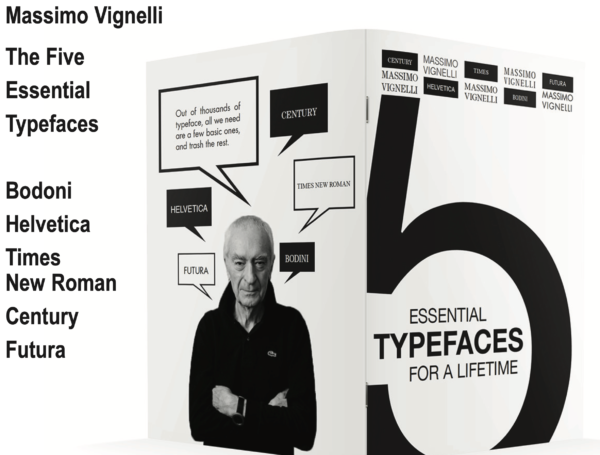Contents
The immortality of typefaces
Why there is no need for continuing to create typefaces again and again.


https://uxdesign.cc/the-immortality-of-typefaces-2021-c91c60df6eed
Design is a way of organizing the world; and writing, a way of understanding it. Thoughts are expressed by words, and words in design conceive typography. For centuries, our predecessors have developed the art and technique of typography. Throughout the history of typography, each new typeface variant reflected an important element of the spirit of the age; they encapsulate diverse functional, historical, psychological, semiotic, and aesthetic aspects within them. From Trajan to Garamond, from Didot to Helvetica, every typeface was the material form of the spiritual idea of the time. The letters would take the form of the spirit that embodied them.
Prior to the Digital Age, typography was a specialized profession. The prevalent democratization of design tools has turned typography design into a ubiquitous and common process that allows almost anybody to create their own. However, we should ask ourselves, do we really need all those fonts? Do we really require an endless proliferation of Helvetica-like-fonts, that only differ in one pixel or a couple of degrees to the angle of the curve? What do all these fonts tell us about our society and our time? Nowadays we are bombarded with infinite fonts and font creators that do nothing more than saturate the design system and proliferate digital pollution.
We have an infinity of fonts, but we express the same.
The lack of responsibility lies in the fact that most of these creations are digital,so it is not considered as actual pollution. We proliferate typography ad nauseam, with the same rapidity we also change our choices. It is all about having more options, having endless options. But what about the meaning behind those fonts? What about the legacy of those words? what about the uniqueness and the singularity of those letters? What makes Garamond or Helvetica remain alive after centuries or decades, while contemporary fonts simply follow one another without leaving their inscription in history?
If we wish to give history the value that it deserves, we should appreciate more classical designs and be more conscious of the unlimited production we are generating. We should also meditate on what came before us, so as to better understand where we are and where we are headed. Rather than keeping current, we should keep timeless. We can even be radical, and take history as inspiration, instead of looking at trends and fashions. Trends are allies of Capitalism, they keep the system alive in an infinite cycle of changes and economical return. But the role of typography is more transcendental.
Like visual musicians, we create perceptible notes to compose aesthetic rhythms of ideas that can be experienced by people, and that transcends us.
Here are 5 pieces of advice for the contemporary typeface designer:
1. Be responsible: be thoughtful of which new forms you are bringing into the world.
2. Be conscious: think of the legacy that your work can leave, have a wider perspective of what you do.
3. Be coherent: understand typography as the expression of an idea, be conscious while making your choice.
4. Think of form and function: what is the meaning of this typeface, before the meaning of what it writes?
5. Think towards the future: ask yourself, will this font work?
And remember: we create not only for practical functions but to leave the traces for a conceptual dialogue with the future humankind, a dialogue that can continue independently of the continuous changes. As creators, we should stand steadily and step deeply, to leave footprints in concrete that can be found by future generations: when we build for the future, we build to last.
Massimo Vignelli on Typefaces



